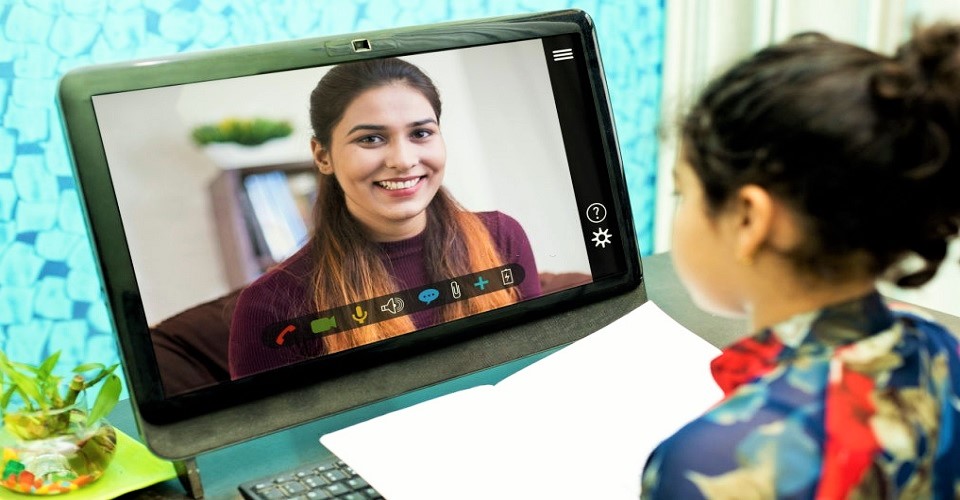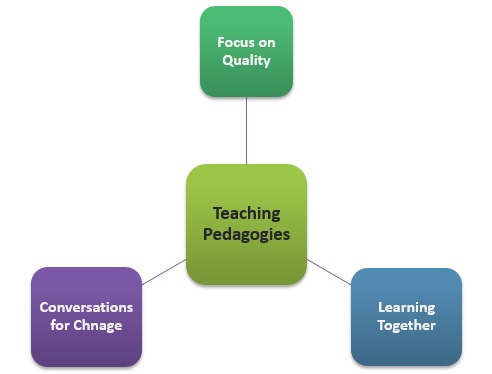5 Crucial Teaching Pedagogies to Teach the Young Learners
13th October 2020

“Teaching is not about answering questions but about raising questions – opening doors for them in places that they could not imagine.” ~ Yawar Baig
Primary education guarantees the liberated, fundamental and overall development of a child's persona, according to his/her individual needs and has to make certain distinguished encouragement for kids’ learning. These basically aim at the academic, expressive, collective and corporeal growth of each young learner by achieving the results mentioned in this blog.
The primary teaching approach is formed from a large number of sources and in all probability, includes information from different primary teaching theorists with a perceptive of child engagement, and our practices with children in different learning settings.
Crucial Teaching Approaches to Teach the Young Learners
Well, now it’s no furtive that the phase of education has changed considerably over the past ten years and teachers across the world are working hard to provide children with all the skills that are essential for the 21st century world. Take a deep dive with this self-check guide! The teaching is a distinctive form of communication in which speech, gesture, effort, facial communication, and eye contact can either supplement your teaching session or detract your learners from the course content. No matter what your topic, your delivery and way of speaking massively influence your students’ consideration and education.

1. Cooperative Learning
This learning technique enhances student engagement in your classrooms by cheering the communication process among the students themselves. Here, the teacher allows the learners to discuss the class materials with buddies or in groups, as a result maximizing the level of participation. Earlier, teaching was only the one-man show, but it’s no longer the same. This method leads to higher accomplishment while promoting both team and class building.
2. Differential Instructional Practice
Learning the experiences to make a distinction among the individual needs of students in the classroom has been tailored by the teachers. As a teacher, you can bout the assignments to readiness levels by offering the proper involvement or extension activities as necessary. Here, the teacher allows children to select different activities based on their areas of interest. Moreover, we all know that offering a lot of choices is an admirable motivation for kids. One of the most effective ways to meet the needs of diverse learners in large class settings is small-group work.
3. Integrated Technological Practice
Well, in the age of Internet, you also need to be updated. Teachers must know to speak a more contemporary language and become well-acquainted with the technology to connect with the young learners. You need to have a deep perceptive of the technical tools available, as well as significant reflection about how to use them to develop the learning.
4. Event-based Approach
In this way of teaching, the learners are being encouraged to plan and endorse different events in real-life contexts drawing on their experiences. This may consist of investigations, problem-solving, and play etc. This teaching approach has been recognized as having the positive impacts on literacy and numeracy learning.
5. Cross Curriculum Teaching Approach
Teaching the numerous subjects at the same time can aid students to go much deeper into learning concepts. Well, it can be easy to mix together math, science, or social studies content with reading or writing. Though the method is challenging to combine all the subjects at once, but this work so well as teachers don’t just tell students what they should know, but as an alternative, they connect with the children in exploring and uncovering the information. The method is not only entertaining; it is highly motivating for children and persuades collaboration, as well.
This century is being called the age of digital technologies as well as knowledge. Do the teachers get to the top in modern changes? Pedagogy of the 20th century differs from the pedagogy of the 21st century. Acquaintance is the evolution from obtaining knowledge through reading, from the teacher’s speech to visual awareness, or discussion in the classroom.
The curriculum for pre-school and primary education encourages the conception of inclusive development of the child, considered to be vital in primary childhood education. These teaching pedagogies help in attaining the overall development of the child which has been a part of different online primary teacher training courses. With an addition, instilling the flexibility to willingly become accustomed to changing technologies, teachers must cultivate learning environments that give confidence to different critical thinking skills, creativity skills, problem-solving skills, communication skills, collaboration skills along with the social responsibility skills.
Written By: Rimpa Ghosh